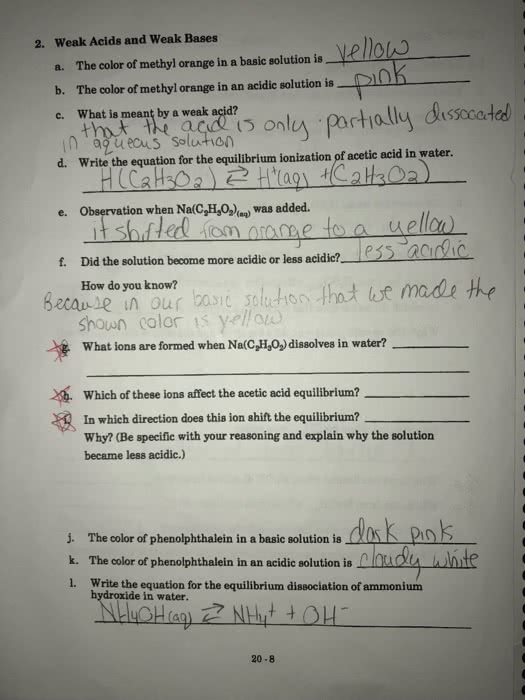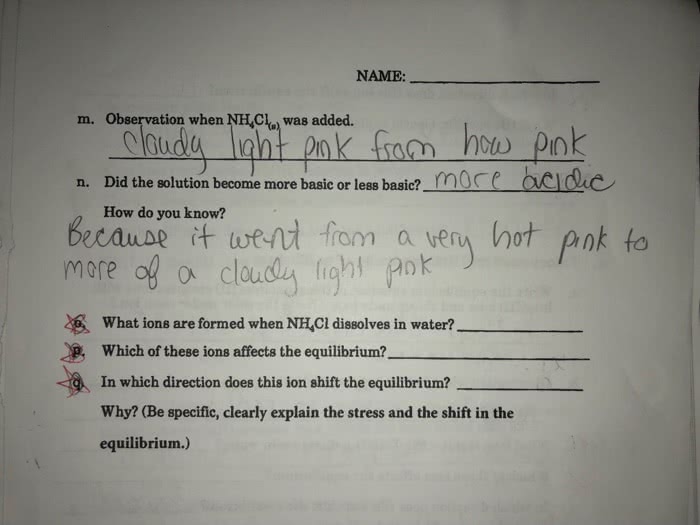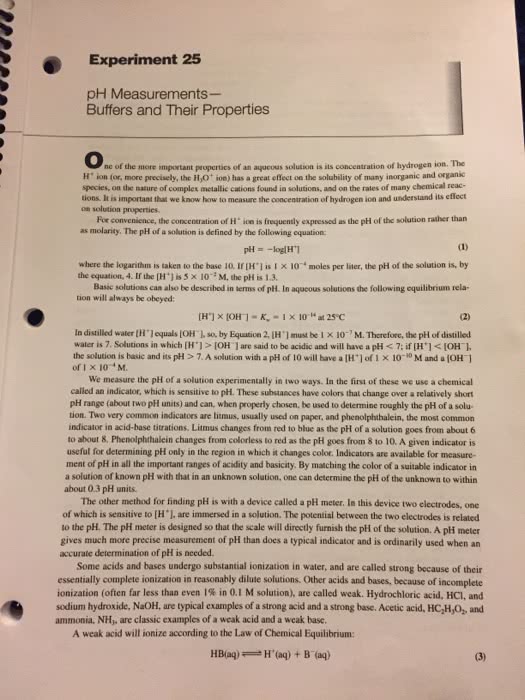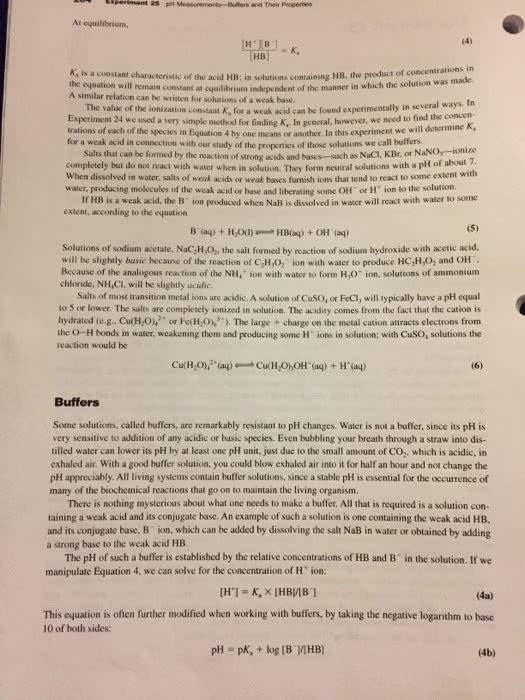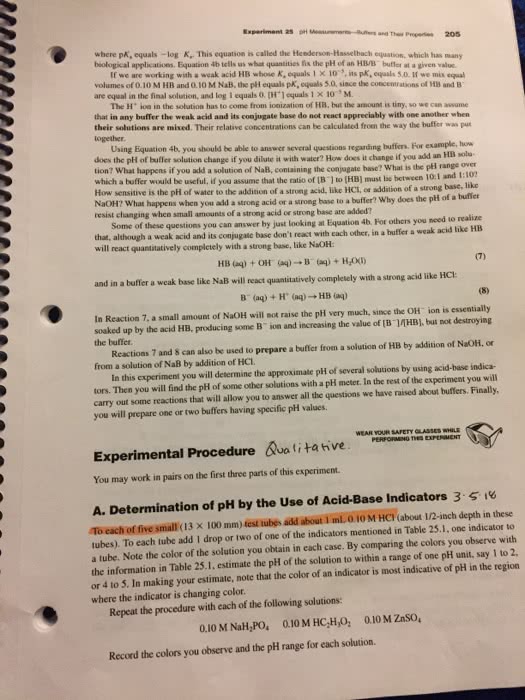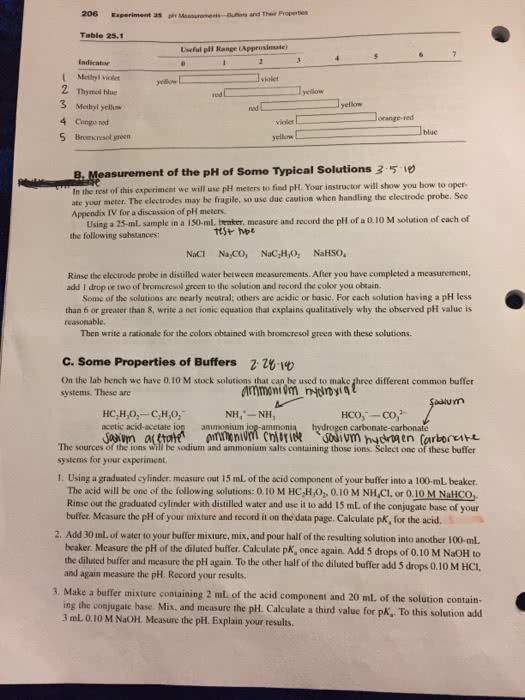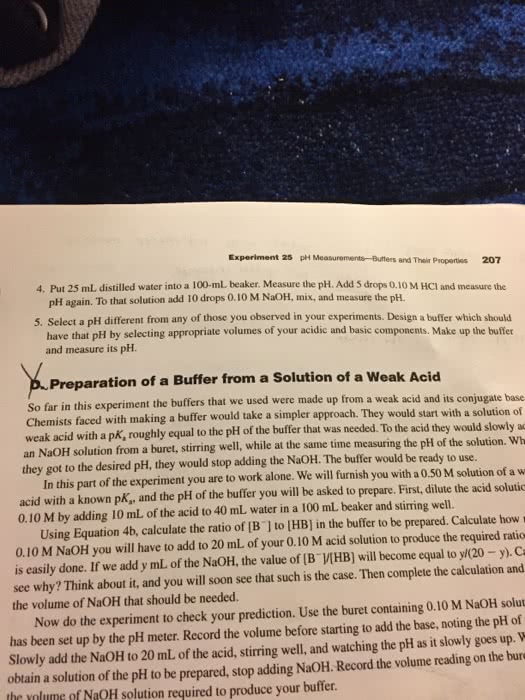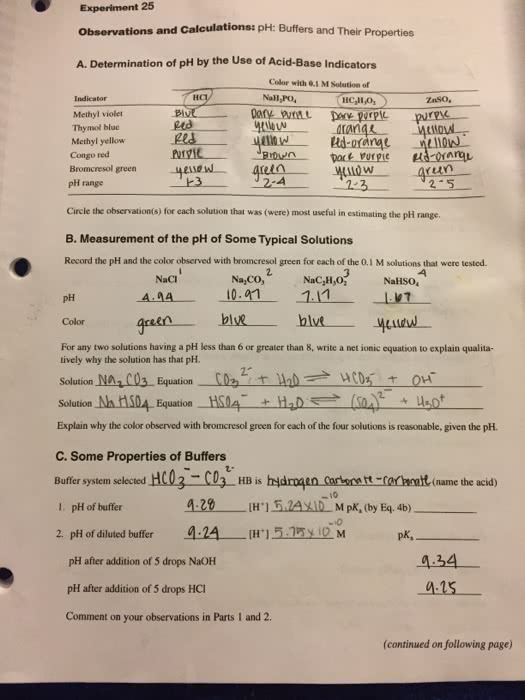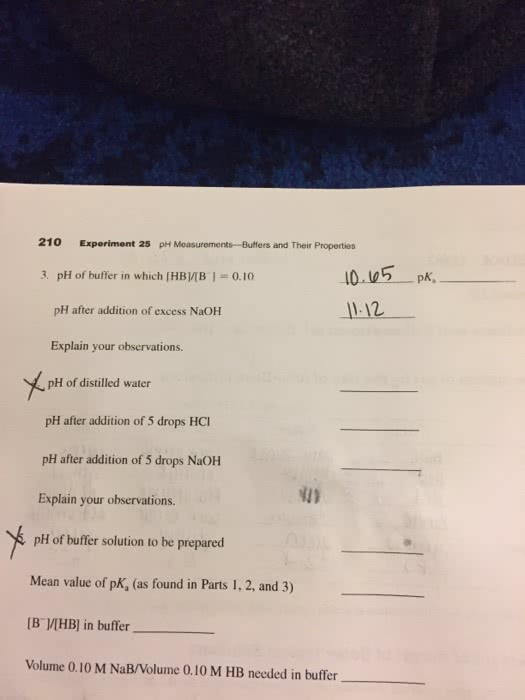CHEM 1A Chapter Notes - Chapter 8: Titration Curve, Sodium Hydroxide, Buffer Solution
73 views7 pages

94
CHEM 1A Full Course Notes
Verified Note
94 documents
Document Summary
8. 1 solutions of acids or bases containing a common ion. When a salt dissolves in water, it breaks up completely into its ions--it is a strong electrolyte: Naf (s) na+ (aq) + f- (aq) The common ion in this solution is f-, since it is produced by both hydrofluoric acid and sodium fluoride. The dissociation equilibrium for hf in the second solution will be driven to the left by the presence of the f- ions from the naf. The shift in equilibrium position that occurs because of the addition of an ion already involved in the equilibrium reaction is called the common ion effect. Also important in solutions of polyprotic acids. The production of protons by the first dissociation step greatly inhibits the. The most important application of acid-base solutions containing a common ion is buffering. A buffered solution is one that resists a change in ph when either hydroxide ions or protons are added.
Get access
Grade+
$40 USD/m
Billed monthly

Homework Help
Study Guides
Textbook Solutions
Class Notes
Textbook Notes
Booster Class
10 Verified Answers
Class+
$30 USD/m
Billed monthly

Homework Help
Study Guides
Textbook Solutions
Class Notes
Textbook Notes
Booster Class
7 Verified Answers
Related textbook solutions
Chemistry: Structure and Properties
2 Edition,
Tro
ISBN: 9780134293936
Basic Chemistry
5 Edition,
Timberlake
ISBN: 9780134138046
Principles of Chemistry Molecular Approach
4th Edition,
Tro
ISBN: 9780134112831
Principles of Chemistry Molecular Approach
3rd Edition, 2014
Tro
ISBN: 9780321971944
Chemistry: Structure and Properties
2nd Edition,
Tro
ISBN: 9780134293936
Chemistry: A Molecular Approach
3rd Edition,
Tro
ISBN: 9780321809247
Chemistry: A Molecular Approach
5th Edition,
Tro
ISBN: 9780134874371
Principles of Chemistry: A Molecular Approach
4th Edition,
Tro
ISBN: 9780134895741
Chemistry: The Central Science
14th Edition, 2017
Brown
ISBN: 9780134414232
